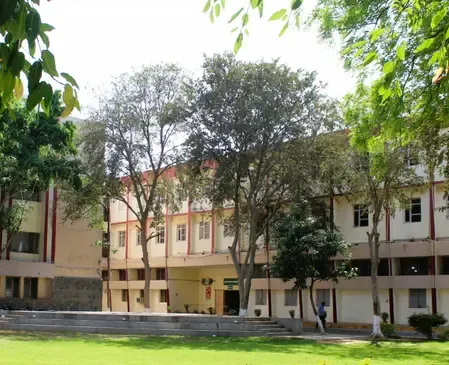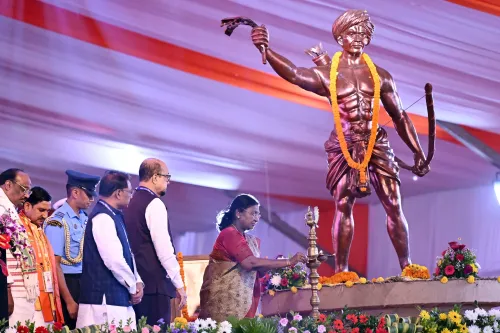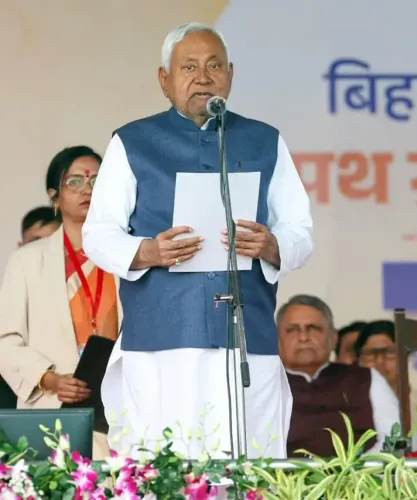How Did Jitendra Singh Praise ISRO for Their Key CE20 Cryogenic Engine Test?

Synopsis
Key Takeaways
- ISRO successfully completed a key test on the CE20 cryogenic engine for Gaganyaan missions.
- This engine is crucial for future launches of the LVM-3 rocket.
- The boot-strap mode test allows the engine to ignite without external systems.
- Dr. Jitendra Singh recognized this achievement as a major leap in space propulsion.
- ISRO aims to enhance mission flexibility with this technology.
New Delhi, Nov 20 (NationPress) Dr. Jitendra Singh, the Union Minister of State for Science and Technology, expressed his admiration for the Indian Space Research Organisation (ISRO) following their successful completion of a crucial restart test on the CE20 cryogenic engine, which is validated for the Gaganyaan missions.
On Wednesday, ISRO proudly announced that it had successfully executed a boot-strap mode start of the CE20 cryogenic engine in vacuum conditions for the very first time. This advancement could significantly enhance the operational flexibility of its largest rocket, the LVM-3, in upcoming missions.
In a post on the social media platform X, Singh referred to this achievement as a “major leap for India’s space propulsion.”
“ISRO has reached a remarkable milestone. The CE20 cryogenic engine has successfully ignited in bootstrap mode, functioning without any auxiliary start-gas system under vacuum test conditions,” he further remarked.
The test took place on November 7 and lasted for a duration of 10 seconds at ISRO's High-Altitude Test facility.
Currently, the CE20 cryogenic engine, which powers the upper stage of the LVM3 rocket, is already certified for operation at thrust levels between 19 to 22 tonnes with a single ignition.
ISRO clarified that achieving a boot-strap mode start—where the engine reaches steady operation without external start-up support—is vital for ensuring flexibility in multi-orbit missions.
During the critical restart test, a multi-element igniter was used in both the thrust chamber and gas generator to enable the bootstrap starting process.
“After igniting the thrust chamber, the gas generator was activated under tank head conditions, and the turbopumps were initiated without the startup system. The successful demonstration of bootstrap mode build-up and steady-state engine operation followed,” ISRO stated.
“With this accomplishment, ISRO has set a precedent by successfully demonstrating bootstrap mode initiation of a gas-generator cycle cryogenic engine without any auxiliary startup system, potentially for the first time globally. This is a crucial step toward improving the restart capability and mission adaptability of future LVM3 launches,” the agency added.









